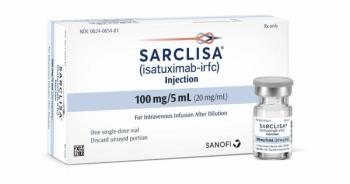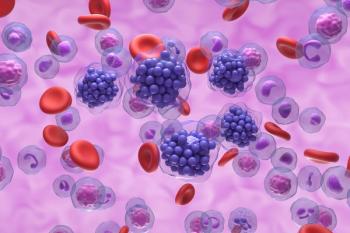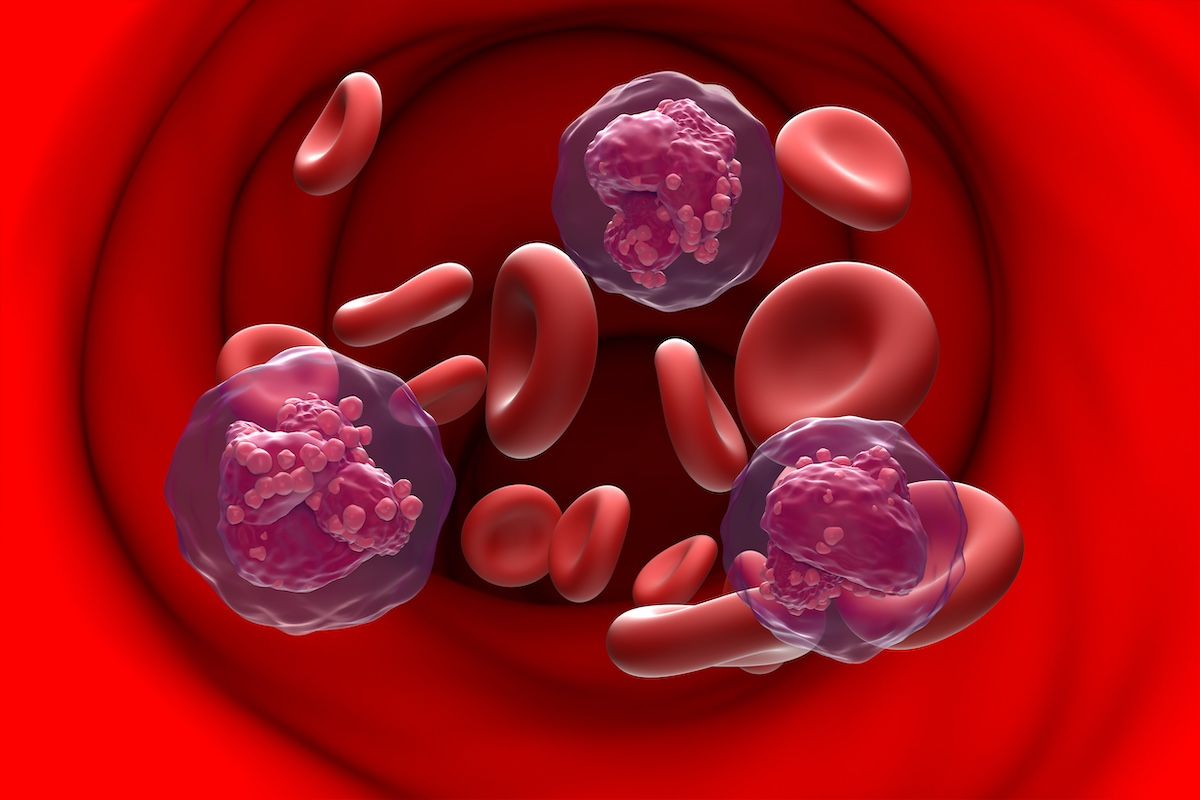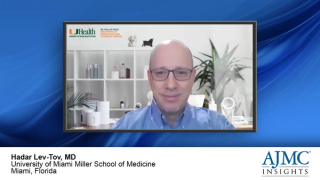
Clinical
Latest News

What We’re Reading: Successful TB Programs; JN.1 COVID-19 Strain Vaccine; Nursing Home Mandate Battle
Latest Videos

CME Content
More News

Neal Shore, MD, FACS, discusses the safety profiles reported across the nadofaragene firadenovec, SunRISe-1, and NURE-COMBO trials, highlighting any unexpected toxicities observed with these novel therapies for non-muscle-invasive and muscle-invasive bladder cancer. Additionally, he reviews key limitations of the study designs or patient populations that may impact the interpretation and generalizability of the results from these trials.

Neal Shore, MD, FACS, discusses how the SunRISe-1 trial design addresses the need for bladder-sparing treatment options for patients with BCG-unresponsive high-risk non-muscle-invasive bladder cancer (HR NMIBC) who are ineligible for or refuse radical cystectomy. He also contrasts the treatment approach and outcomes observed in the NURE-COMBO trial with the current standard neoadjuvant chemotherapy plus radical cystectomy regimen for muscle-invasive bladder cancer (MIBC), discussing how this chemoimmunotherapy combination may potentially expand treatment options for this patient population.

This investigation sprung from a lack of current knowledge on the impact of nonmalignant results following thoracic surgery for lung cancer, according to the authors.

Experts on Alzheimer disease discuss how the introduction of disease-modifying therapies has impacted the treatment landscape.

The panel provides insights on the economic impact of advanced approaches for diagnosing Alzheimer disease, highlighting how payers approach increased costs.

Panelists highlight the need for education and support to help clinicians appropriately prescribe prescription digital therapeutics (PDTs).

The panel discusses the challenges of delivering prescription digital therapeutics (PDTs) to patients, challenges caused by PDTs being considered behavioral health benefits, pharmacy benefits, medical benefits, and durable medical equipment benefits.

The coalition said, however, that patient-reported outcomes (PROs) in the myelodysplastic syndrome (MDS) space will be most meaningful if they are collected rigorously and if the data are transparent.

Medical experts illustrate the nature of hemolysis in PNH and characteristics unique to the disease state.

Dr. Haumschild drives a discussion providing an overview of PNH and pathology of the disease.

The new data shed light on long-term outcomes for patients receiving duvelisib, although the investigators said the treatment landscape has also shifted significantly since the original trial.

This new analysis of nivolumab presented at ASCO 2024 shows the immune checkpoint inhibitor did not convery benefit when added to a regimen of neoadjuvant carboplatin, paclitaxel, and radiation.

Expansion of Medicaid coverage will now include all-in-one mental health and substance use clinics; 61% of adults are estimated to have cardiovascular disease (CVD) by 2050; the FDA has taken a historic step in potential psychedelic drug approval.

Combining the anti-CD38 monoclonal antibody with a standard backbone triplet should be the new standard of care for newly diagnosed patients not eligible for transplant, said lead investigator Thierry Facon, MD.

The Hospital Frailty Risk Score, Secondary Care Administrative Records Frailty index, and the frailty syndromes measures were able to assess frailty in patients diagnosed with colorectal cancer (CRC).

Further acknowledgement and study of the tumor microenvironment in diffuse large B-cell lymphoma (DLBCL) could eventually result in much more personalized—and effective—treatments.

In the course of investigating the use of Bacillus Calmette-Guérin for high-risk individuals who have type 1 diabetes (T1D), researchers hoped—and found—that BCG could substantially reduce the chance of those with T1D contracting COVID-19; BCG has historically been used to prevent tuberculosis (TB).

The proof-of-concept study showed that antisense oligonucleotides developed by the researchers successfully restored cellular development and brain cell function in patients with the disease characterized by multiorgan dysfunction.

The annual session on newly approved drugs reviewed adverse effects, mechanisms of action, and real-world experiences.

The TROPiCS-02 trial studied sacituzumab govitecan vs physician’s choice of chemotherapy for HR+/HER2– breast cancer.

Surya Bhatt, MD, MSPH, of the University of Alabama at Birmingham, discussed the challenges of diagnosing chronic obstructive pulmonary disease (COPD) with type 2 inflammation, as well as the promising efficacy of dupilumab in treating this condition.

Distinct retinal vessel atrophy patterns may be associated with multiple sclerosis (MS), but further research is needed to assess retinal vessel changes and their underlying role in MS.

Among patients with rheumatoid arthritis (RA) and psoriatic arthritis (PsA), intense pain symptoms were associated with poor sleep, fibromyalgia, depression, and sleep apnea.

A large Medicare cohort study found that the most common locations of procedurally treated keratinocyte cancers in the US were the head and/or neck for both squamous cell carcinomas and basal cell carcinomas.

Black children with asthma are disproportionately exposed to asthma triggers and access barriers, according to one study.

















































